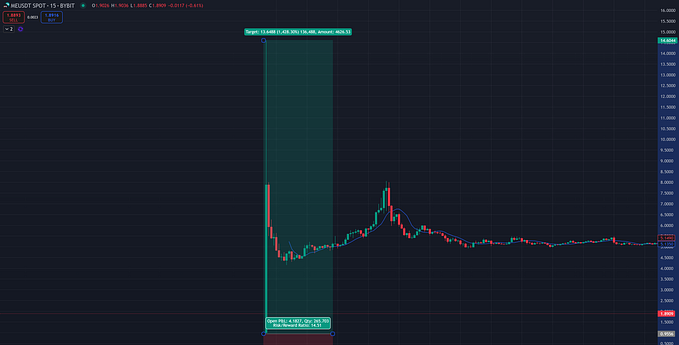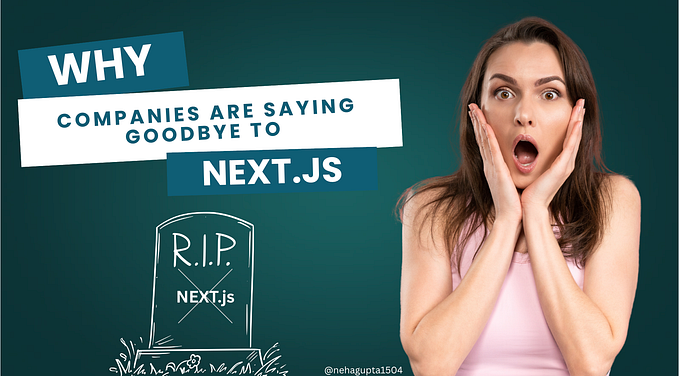A Brief review of Bitcoin’s Bollinger Band Width
Hi, I’m the Friendly Goomba.

That will do for an intro, enough about me already, let’s not make this longer than it has to be.

I’m sure if you’re dabbling with Technical Analysis or follow chartists on Twitter, Telegram or Discord (any TA on Facebook?), you will have come across the BB or Bollinger Bands and the “BB pinch”. There are a lot of articles out there diving into the use, math and theory behind Bollinger Bands.
What I will focus on here is reviewing how the Bollinger Bands (and its width) has been a good heads up signal for impending significant Bitcoin price moves. It’s something I have put on Twitter already but I wanted to indulge in a a longer form article as I update the stats.
What are these Bands about then and who is Bollinger anyway?
These bands are a very popular and powerful indicator of volatility which were developed by renown financial analyst John Bollinger. Find him on Twitter here: https://twitter.com/bbands
Why is it interesting to measure volatility? Because it allows you to assess if the price is in the consolidation phase, expansion/distribution phase or neither.
It is important to note at this stage that it doesn’t give any leading indication on price direction.
Does it work?
TL;DR: Yes! Thanks for reading, see you next time.
…
You’re still here I see, can I interest you in some tangible, irrefutable facts? Good, I hoped you’d say so, giving me a chance to show you my pretty charts and tables.
What does it look like?
Here it is, the bands themselves are seen on the chart as the envelope around the price.
The Bollinger Band width is seen below the price chart as an oscillating line chart, and that will be the tool used for this review moving forward. Note that when the upper and lower bands get closer together, we can refer to this as BB pinch.

Methodology
The proposition is that once the BBW reaches a certain level, we see a significant expansion. Nothing preposterous or groundbreaking here as it’s what John Bollinger covers in his book.
What is interesting to find out is what that certain level is and what is a significant move.
For the first part, there isn’t much science involved, I have established (through the use of my reptilian eyes) that 0.176 is the level of interest for the BB Width. Moving forward BB Width will be referred to as BBW.
Let’s take that and try to measure what significant means historically for Bitcoin moves. While I previously conducted this work in a “manual” fashion, this time, it is spreadsheet based. I’ve used the BTC price published by Coindesk to avoid exchange specific biases and to get consistent historical data.
I will measure the price move from the Bitcoin Low on the day BBW bottoms to the Bitcoin High between BBW bottom and BBW first top.
In the example below, the BBW goes below the threshold on the 12th May 2014. A bottom is found on 19th May 2014. BBW breaks above the threshold on the 22nd May 204 and finds a 1st top on 3rd June 2014.
Price change between the low of 19th May and the high of 3rd June: 54%.
Note: the BTC high could have been anywhere between the 19th May and 3rd June.

It’s good to note at this stage that the only way we are able to identify the bottom and top for BBW is because we are looking back. Once we have established that this phenomenon is reliable, we can look at how to best use it when trading.
The numbers
OK, so after a bit of number crunching, I came up with the following averages per year. We’ll try to pry interesting info from this bit further down.

Correlations
I baked some colorful plots which hopefully will give us a few things to think about. Almost the end, keep scrolling.



I’m bringing into this the following interesting plot from my previous Twitter review. I stupidly didn’t capture the entry point under the threshold this time around.

Take aways
- Since 2014, these Daily BB pinch occur on average 6 times a year with an equal number of up and downward expansions, we have had 2 so far and both were downward expansions. No bullish expansion in 2018 yet.
- These post BB pinch expansion produce, on average, a 19% price move. There seems to be a bias to the upside though as it triggers a 23% move on average.
- The 2018 post BB pinch expansions have been less “powerful” than previous years with a return of only 12%. It seems that either the BB pinch is losing its potency in bear markets or simply the market dynamics have shifted post 2017 bull run with less weak hands and less willingness to FOMO in.
- The majority of the price move occurs before the BBW gets back above the threshold.
- The level of the BBW bottom has no correlation to the price change.
- The amount of time it takes for the BBW to go from bottom to breakout has no correlation with the amount of time it takes for it to go from breakout to top.
- The amount of time it takes for the BBW to go from bottom to breakout has no correlation with the price change.
- There is however a loose correlation between the amount of time BBW is below the threshold and the amount of time it takes for the price to fully expand.
I first started to look into this, thinking it would give an easy way to capture easy gains; Goombas are naturally naive creatures. Obviously it’s not that straight forward as we can see. Here are however a few things which could help when trading:
- Scan coins with narrow or narrowing bands, and identify which BBW level seems to produce a move, as this won’t give you any directional indication, you will need to rely on others like RSI or MACD for direction. You will also often find a triangle or pennant forming when the BB remains in a narrow channel.
- The BBW helps in setting up profit taking levels. For example, on $BTC, it seems that you can bank on 10% at least in 2018. It’s not to say the price can’t keep moving in the same direction but after that first expansion, you should see the price retracing.
- Note that while I looked solely at daily data here, this is one of a handful of indicators which works pretty much on all time frames so if you want to get into scalping the 1 hour BTC charts, you can use the BBW to try and preempt the “Bart” candles (might look into this pattern in another post). On a different time frame, the relevant BBW level will change.
In conclusion, no silver bullet here, but hopefully it gives a better understanding of what to expect when you read about or find the Bollinger Band Pinch.
That’s all for now, thanks for reading, I’ve been the Friendly Goomba.
See you around on Twitter.






